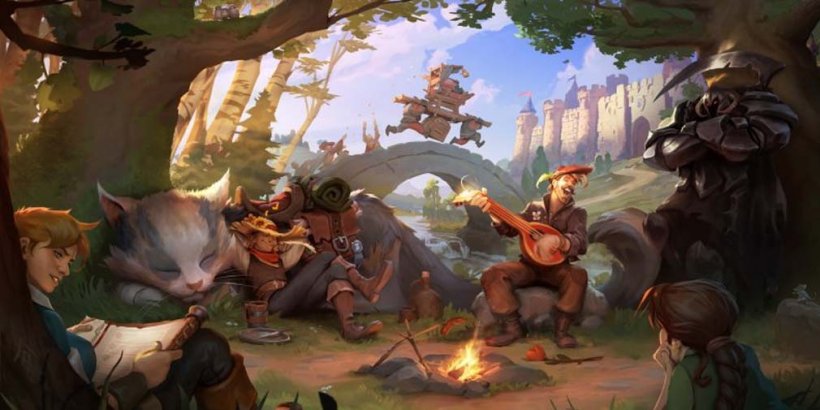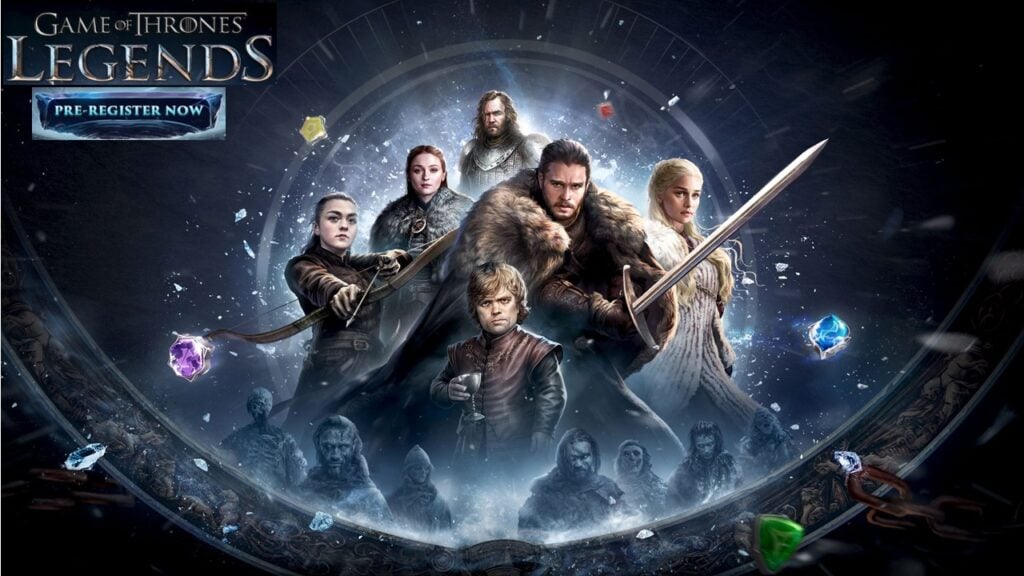Civ 7 DLC: Predictions and Expectations
- By Blake
- Apr 11,2025
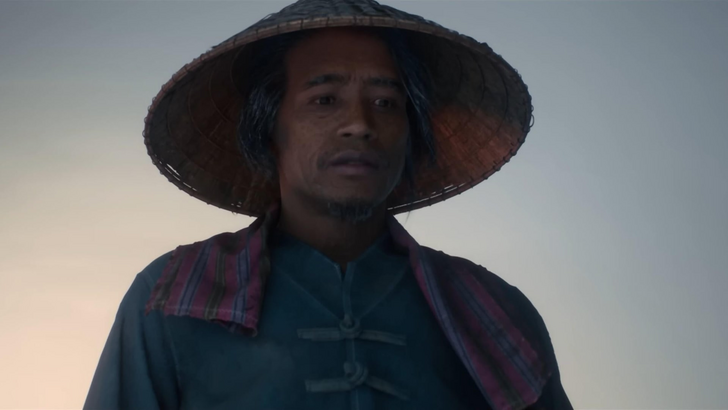
Civ 7’s official release is still on the horizon, yet Firaxis is already gearing up to enrich the game with new content. The Crossroads of the World DLC, announced shortly after the Deluxe Edition launch, promises to bring fresh elements to the game. Dive in to discover what this DLC has in store and what we can expect from it.
← Return to Sid Meier's Civilization VII main article
New Civs, Leaders, and Wonders are Coming Soon to Civ 7
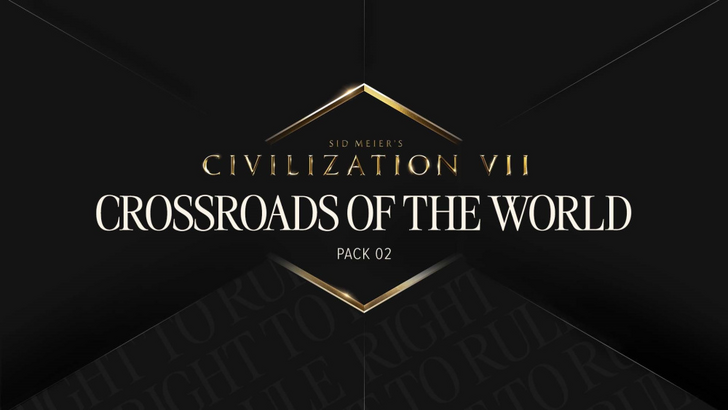
Barely a day after the Deluxe Edition hit the shelves, and just before the standard edition's release, Firaxis unveiled its ambitious 2025 Post-Launch Roadmap. The Crossroads of the World DLC, bundled with the Deluxe and Founders’ Editions, is set to introduce two new leaders, four new civilizations, and four new natural wonders, spread across two releases in early and late March 2025.
The first wave, scheduled for early March, will feature Ada Lovelace leading Great Britain and Carthage, accompanied by four new natural wonders. Later in the month, Simón Bolívar will join the roster, leading Nepal and Bulgaria.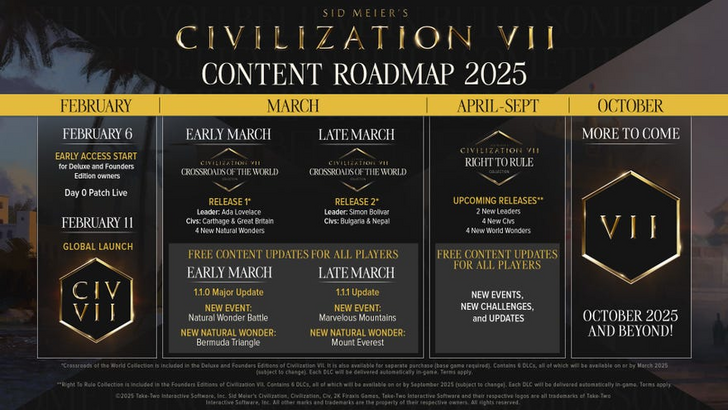
While Firaxis has kept details under wraps, we can still make some educated guesses about what to expect. Remember, these are just predictions, so approach them with an open mind. Our insights are based on historical data and real-life information, with no intention to offend any culture or people.
Ada Lovelace Leader Ability, Attributes, and Agenda Prediction
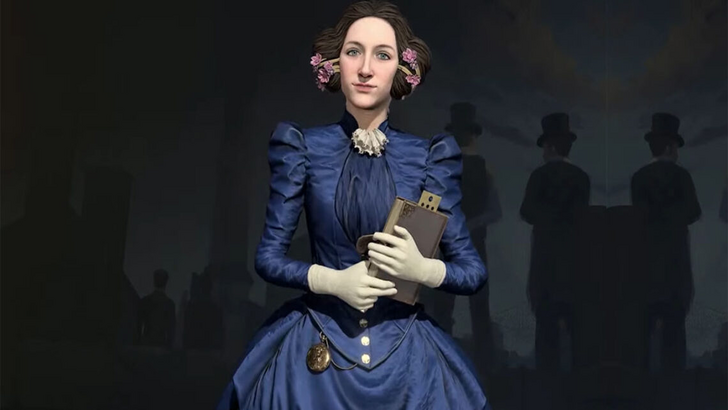
Ada Lovelace, known as the world's first computer programmer for her work on Charles Babbage’s Analytical Engine, is poised to be a science-focused leader. Her aristocratic heritage and connection to Lord Byron suggest her leader bonuses might revolve around the Codex and Specialist mechanics, areas yet to be explored by other leaders. With these abilities, and considering Great Britain’s predicted bonuses, Lovelace seems set to guide players towards a science victory.
Simón Bolívar Leader Ability, Attributes, and Agenda Prediction

Simón Bolívar, famously known as The Liberator of America, returns to the Civilization series after his appearance in Civ 6. His historical significance and military expertise point to a Militarist/Expansionist playstyle, making use of the new Commanders mechanic in Civ 7. Unlike Trung Trac's approach to building commanders, Bolívar’s strategy will likely focus on advancing his forces through logistical prowess.
Carthage Unique Bonus, Unit, Infrastructure, and Wonder Prediction
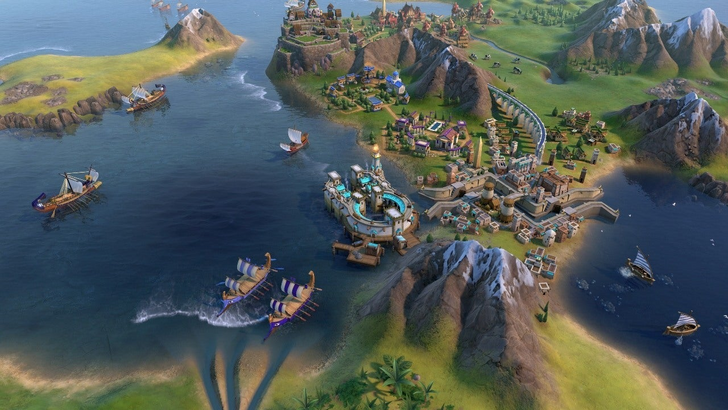
As a major trading hub in the classical world, Carthage is expected to be an Antiquity Age civilization with a focus on naval trade and coastal development. Given the overlap with Aksum’s niche, Carthage might instead emphasize Trade Route capacity and Culture bonuses from international trade. A bonus to the Colossus wonder could make Carthage a formidable trading partner, even for leaders like Amina.
Great Britain Unique Bonus, Unit, Infrastructure, and Wonder Prediction

A mainstay of the Civilization series, Great Britain in Civ 7 will likely be a Modern Age civilization, with bonuses reflecting its Industrial Era prowess. Expect bonuses tied to naval production and trade, leveraging its island status. A production boost from Oxford University could further enhance its science and industry strengths.
Nepal Unique Bonus, Unit, Infrastructure, and Wonder Prediction

Nepal, nestled near the Himalayas and Mount Everest, is a new addition to Civ 7. As a Modern Age civilization, Nepal’s gameplay will likely leverage its military history and cultural heritage, with unique units benefiting from mountainous terrain. While the Taj Mahal is geographically close, its historical bonuses might not align perfectly, leaving us curious about which wonder Nepal will synergize with.
Bulgaria Unique Bonus, Unit, Infrastructure, and Wonder Prediction
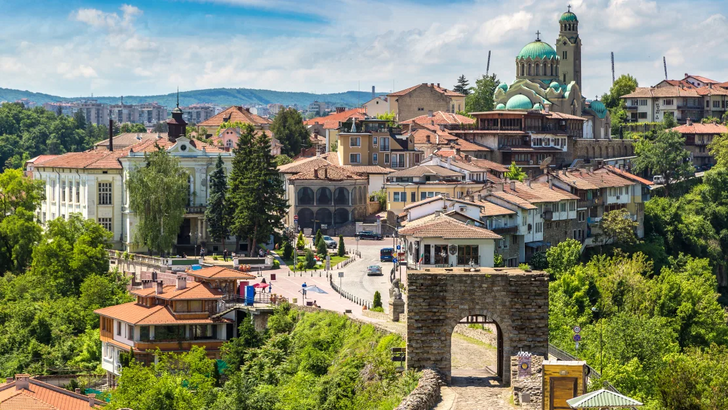
Making its Civilization debut, Bulgaria’s strategic position in the Balkans suggests a focus on Military and Economy, with an emphasis on Cavalry. As an Exploration Age civilization, Bulgaria may highlight its role during Ottoman rule, focusing on Traditions and Social Policies for steady progression rather than Trade Routes.
Crossroads of the World DLC Natural Wonder Bonus Predictions
The Crossroads of the World DLC will introduce four new Natural Wonders, each providing additional Tile Yields without unique bonuses. These wonders will add new strategic elements to the gameplay experience.
← Return to Sid Meier's Civilization VII main article
Sid Meier's Civilization VII Similar Games

Latest News
more >-
-

-
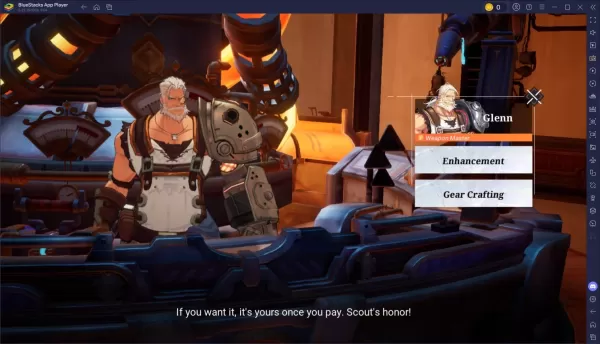
- Atlan Crafting Guide: Enhancing Gear Quality
- 06/13,2025
-

-

